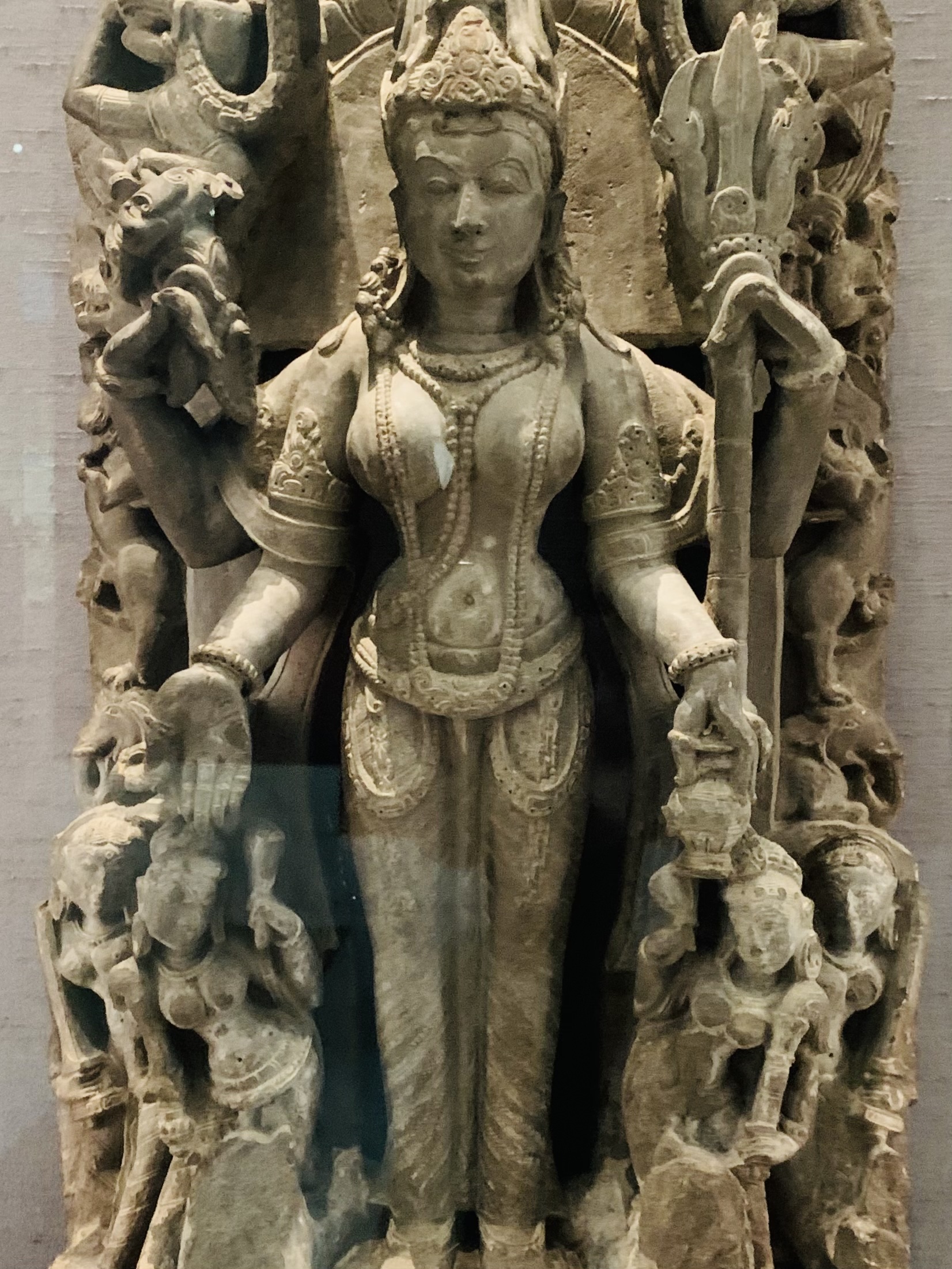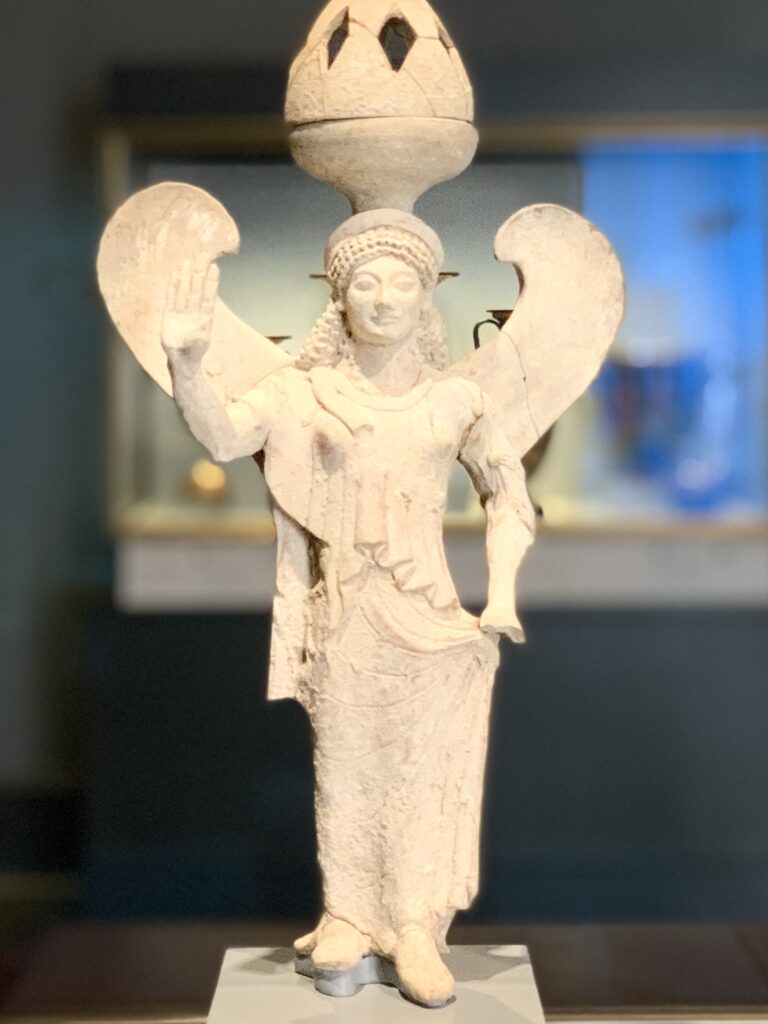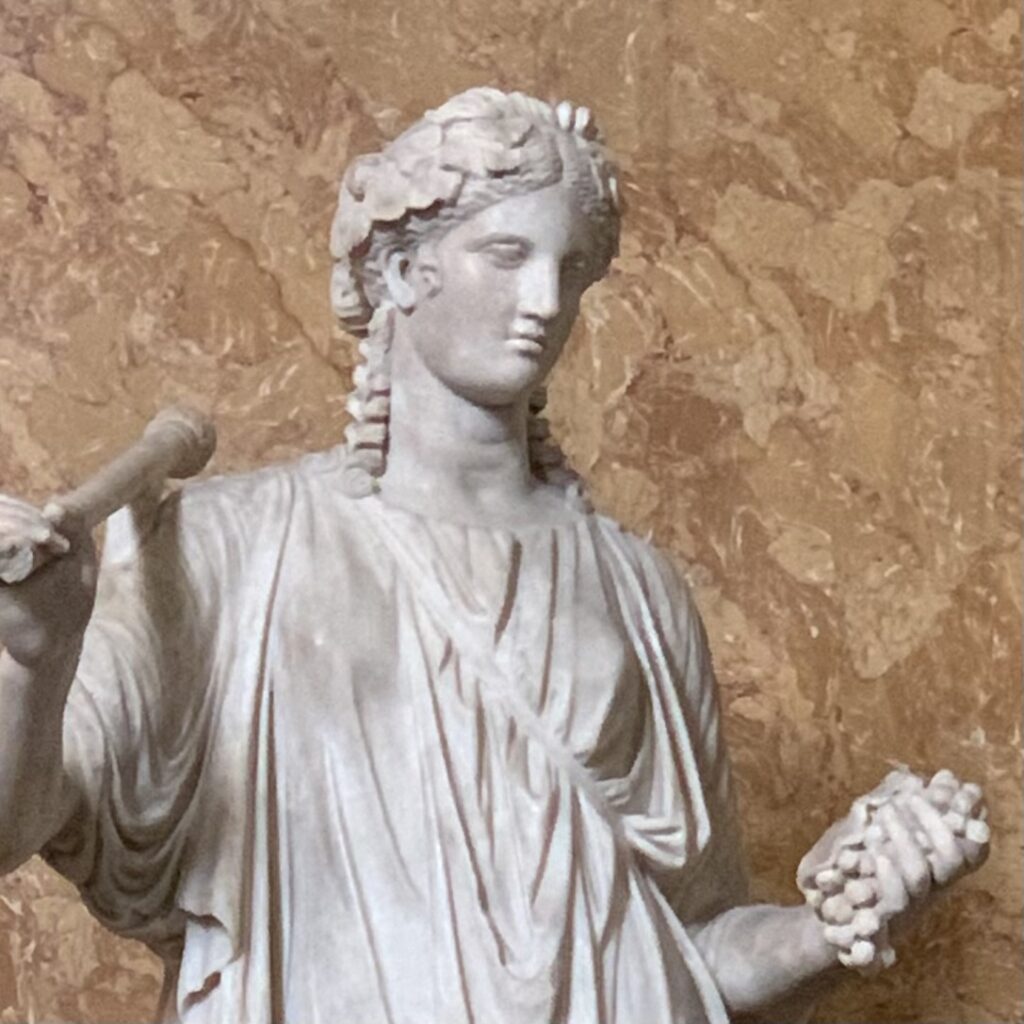
Some religious traditions imagine divinity as male, rejecting all goddess figures.
In my experience, this approach overvalues traditionally masculine traits and undervalues those that have traditionally been seen as feminine. It also results in some nasty internalized misogyny on the part of all genders. To reject the feminine divine is to reject important parts of everyone’s souls.
But goddess energies don’t go away just because the patriarchy wants them to. Goddesses still appear in movies, shows, and other media, but disguised in forms other than literal deities. These hidden goddesses function as metaphors for actual goddesses, who in turn function as metaphors for the sacred nature of the universe.
To spot these goddess dynamics in the wild, it helps to have a few guidelines.
With gratitude to Alison Bechdel

I’m following in the footsteps of the Bechdel Test here. In 1985, the cartoonist Alison Bechdel proposed three questions about a film or show or comic book to determine its level of gender representation:
- Are there two or more women? If yes, then:
- Do they ever speak to each other? If yes, then:
- Do they discuss something other than a man? If yes, then the work in question has achieved a bare minimum, baseline level of representation.
That’s it. That’s the whole Bechdel Test. If the answer to any of these questions is no, then the work has failed to reach anything resembling gender equality.
The Gardner Goddess Quiz
The Bechdel Test, useful though it is, doesn’t indicate whether media achieves goddess representation. In other words, does a given character portray the sacred feminine, and if so, how strongly?
So here’s a similar test for goddesses. These are the questions I ask to determine the presence or absence of the feminine divine:

- Is the character a girl/woman or girlish/womanly—including cis, trans, and gender-fluid people? If yes, continue. If no, they might represent divinity, but probably not the sacred feminine.
- Is this character royalty or of noble or unusual parentage? For example, queens, princesses, heiresses.
- Is this character inherently exceptional in any way, such as extreme beauty, ugliness, tallness, shortness, or anything else? In other words, was this character born special?
- Does the character possess an unusual skill, talent, or power? From an invisible jet to a magic wand to the ability to prophesy, has this character gained special attributes since they were born?
- Does the character’s name or title contain any words that refer to divinity or high status? Examples: godmother, Venus, Princess Diana.
- Does the character have other traits or possessions in common with any traditional deities? Think of Aphrodite’s magic wrap, Durga’s tiger, Hestia’s sacred hearth and flame.
To score the quiz, every yes equals one point. The more points a character gets, the more they embody the feminine divine.
One point means the sacred feminine is absent, and we are in the realm of the mundane. Two to five points means mighty metaphors are at play. Six points means buckle up for some serious goddess hijinks.
Why goddess equality?

Why spend time and energy watching for hidden goddesses?
For so many reasons.
To bring them out into the open. To counteract the internalized misogyny that keeps everyone cut off from their full selves. To celebrate sacred goddess energies, which include fertility, childbirth, love, death, war, hunting, healing, animals, and many other cosmic forces. To gain more access to those energies in my life, and hopefully make it easier for others to do the same.